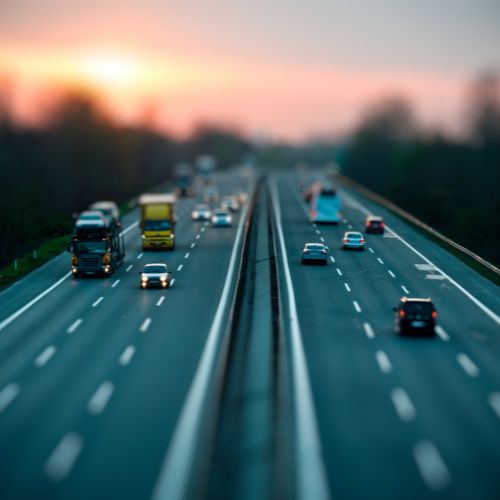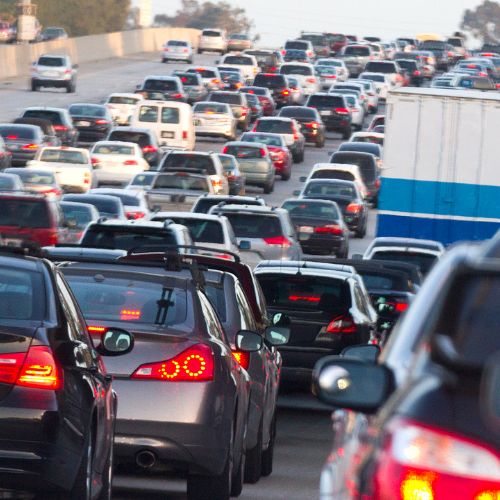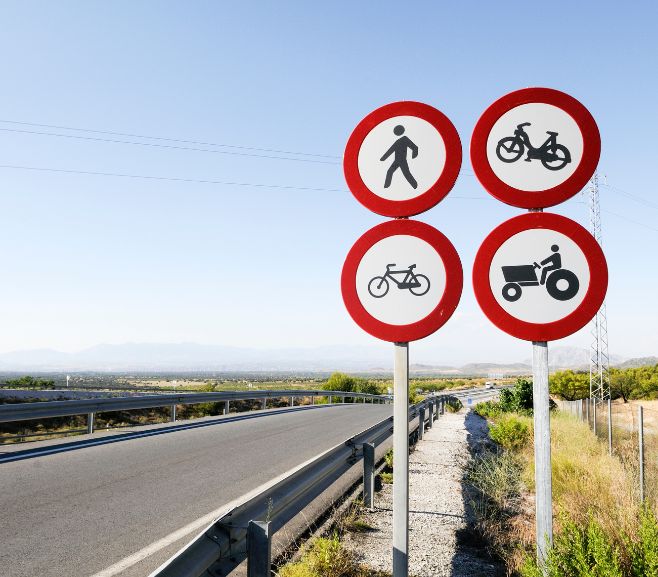If you plan to drive in India, it is important to know the rules and regulations to avoid any legal issues or accidents. India has a unique set of driving rules, regulations, and road conditions that may differ from your home country. This guide will provide you with everything you need to know to stay safe and legal while driving in India.
Obtaining a Driver’s License in India

To drive legally in India, you must have a valid Indian driver’s license. If you have an international driver’s license, you can drive in India for up to one year, but you must carry your license with you at all times. To obtain an Indian driver’s license, you must pass a written and practical driving test. You must be at least 18 years old to apply for a license.
Rules of the Road in India
Driving Orientation in India

In India, traffic drives on the left side of the road. This may be different from your home country, so it’s important to pay attention and adjust your driving accordingly.
Road Signs and Signals
Road signs and signals in India follow international standards, but there may be some differences in the design and placement of signs. It’s important to pay attention to the signs and signals, as they provide important information about the road ahead.
Speed Limits
The speed limit in India is 50 km/h in urban areas and 90 km/h on highways. However, these limits may vary depending on the road conditions, so it’s important to pay attention to the signs.
Overtaking Rules
In India, you must overtake on the right side of the road. You should also use your turn signals when changing lanes or overtaking.
Lane Discipline
Lane discipline is not strictly followed in India, and you may encounter vehicles driving in the wrong lane or overtaking from the wrong side. It’s important to be aware of your surroundings and drive defensively.
Roundabouts
Roundabouts are common in India, and you must yield to vehicles already in the roundabout. You should also use your turn signals when entering and exiting the roundabout.
Traffic Jams

Traffic jams are common in India, especially in urban areas. It’s important to be patient and not try to force your way through traffic. You should also keep a safe distance from the vehicle in front of you to avoid rear-end collisions.
Pedestrian Crossing
Pedestrian crossings are marked on the road, but pedestrians may not always use them. You should always be aware of pedestrians crossing the road and yield to them.
Driving Etiquette in India
Honking
Honking is a common practice in India, and drivers often use their horns to signal their presence or warn other drivers. However, excessive honking is not allowed in certain areas, such as hospitals and schools.
High-Beam Usage
High-beam usage is not allowed within city limits in India, except in areas with no street lights. You should use low-beam headlights in urban areas to avoid blinding other drivers.
Parking Etiquette
Parking can be a challenge in crowded Indian cities. You should park in designated parking areas and avoid blocking traffic or obstructing pedestrians.
Seat Belts and Child Safety
Wearing seat belts is mandatory for both the driver and passengers in India. Children under the age of 14 must be seated in the back seat and secured with a child safety seat or seat belt, depending on their age and size.
Common Road Hazards in India
Potholes
Potholes are a common hazard on Indian roads, especially during the monsoon season. You should be alert for potholes and drive slowly to avoid damaging your vehicle or causing an accident.
Animals on the Road

Cows, dogs, and other animals are often seen on Indian roads, especially in rural areas. You should slow down and give them enough space to avoid hitting them.
Unmarked Speed Breakers
Speed breakers or “sleeping policemen” are common on Indian roads, but they may not always be marked or visible. You should slow down when approaching speed breakers to avoid damaging your vehicle or causing an accident.
Uncontrolled Intersections
Intersections without traffic signals or signs can be confusing for drivers in India. You should be prepared to yield to other vehicles and pedestrians, and use your horn to signal your presence.
Driving in India can be challenging, but with knowledge of the rules and regulations, you can stay safe and legal on the road. Remember to obtain a valid Indian driver’s license, follow the rules of the road, drive defensively, and be aware of common road hazards. By following these tips, you can enjoy your travels in India without any incidents.




